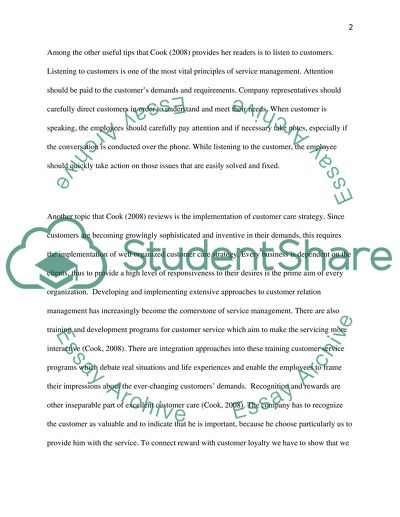Cite this document
(Managing Customer Service Literature review Example | Topics and Well Written Essays - 2000 words, n.d.)
Managing Customer Service Literature review Example | Topics and Well Written Essays - 2000 words. Retrieved from https://studentshare.org/marketing/1524080-managing-customer-service
Managing Customer Service Literature review Example | Topics and Well Written Essays - 2000 words. Retrieved from https://studentshare.org/marketing/1524080-managing-customer-service
(Managing Customer Service Literature Review Example | Topics and Well Written Essays - 2000 Words)
Managing Customer Service Literature Review Example | Topics and Well Written Essays - 2000 Words. https://studentshare.org/marketing/1524080-managing-customer-service.
Managing Customer Service Literature Review Example | Topics and Well Written Essays - 2000 Words. https://studentshare.org/marketing/1524080-managing-customer-service.
“Managing Customer Service Literature Review Example | Topics and Well Written Essays - 2000 Words”, n.d. https://studentshare.org/marketing/1524080-managing-customer-service.


